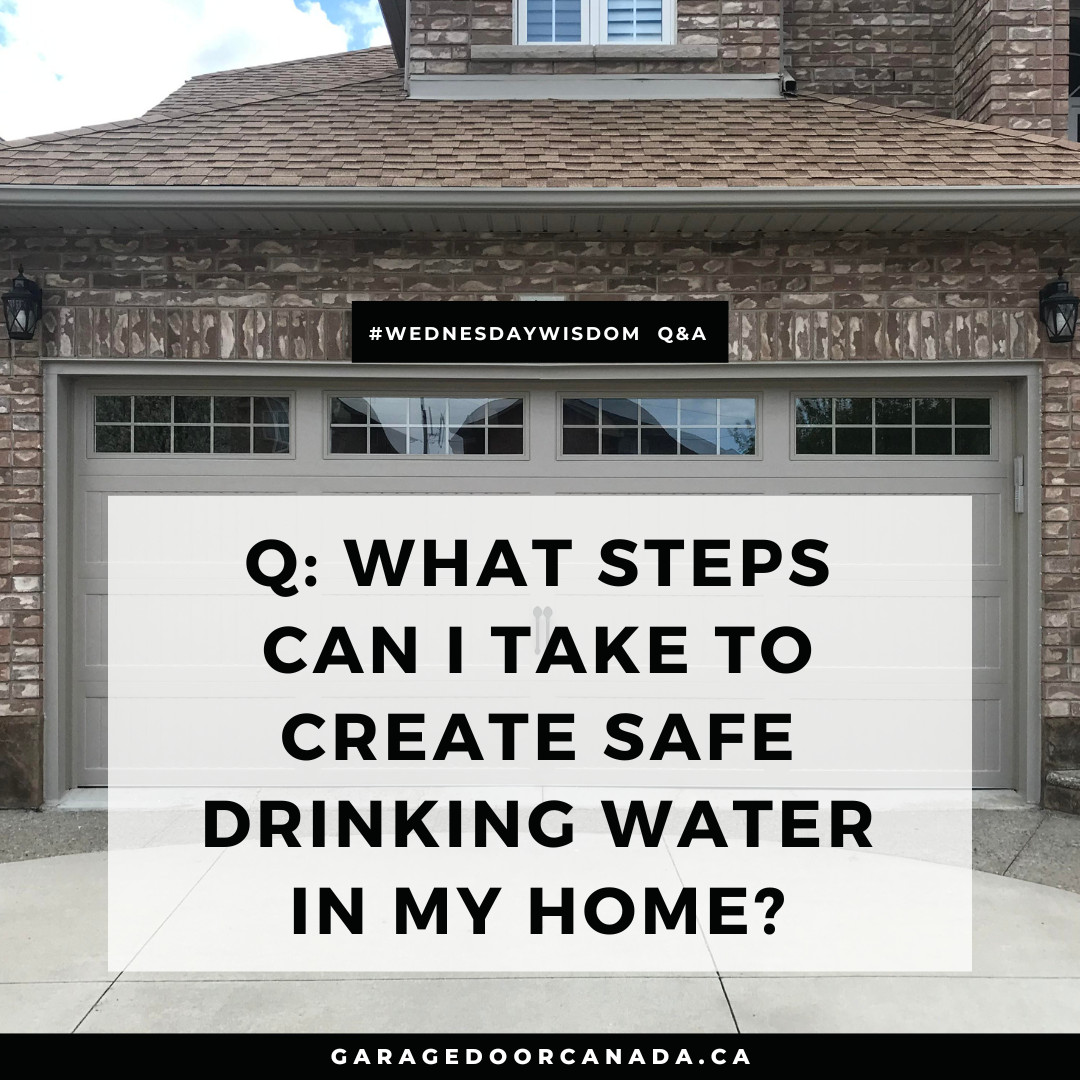What Steps Can I Take to Create Safe Drinking Water in My Home?
Q: What steps can I take to create safe drinking water in my home?
A: In our last blog, we explored how to ensure good quality air in your home - and your drinking water is just as important! You can evaluate your water’s safety by a simple senses test. Strong indicators of contamination or poor quality are cloudiness, colour, and a rotten egg or fishy smell. Toxicity in water can come from bacterial contamination and over-treatment with chemicals. Ingestion over time can lead to symptoms such as dehydration, diarrhea, high blood pressure, and muscle weakness. More serious complications include gastrointestinal, nervous system, reproductive issues, liver and kidney failure, and bone damage. If the water smells or tastes bleachy or metallic, it has an overabundance of chlorine or metals. Here are some helpful guidelines and common-sense steps to monitor and ensure your home’s water quality.
Be a smart consumer
You can obtain water quality reports from your local utility company that provide information about any toxins and health risks they pose. Check with Ontario’s Ministry of the Environment, Conservation and Parks for any news about hazards and actions to improve water quality. You may consider investing in formal testing and analysis by a lab or special monitoring device for extra assurance.
Perform DIY water tests
If you use a private and unregulated water source, you can contact a local water testing organization or the Canadian Water Quality Association to obtain a testing kit. Testing for lead should be done over time as it may not initially be detected.
Install a water-infiltration system
This is especially important if your home is over 20 years old and the plumbing shows signs of corrosion. This system can remove lead and other contaminants. Ask your water company or a plumber if you need a professional evaluation.
If you suspect your drinking water may be contaminated, it’s best to stop drinking tap water and consult your utility company for safety measures. Through these safe and affordable means, you can protect and preserve the water quality in your home. It’s important to assess your home’s environment regularly and to keep track of any unusual changes or chronic symptoms.
(Article courtesy of homekeepr.com)

